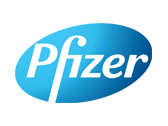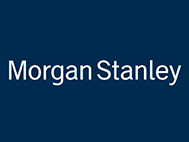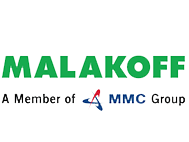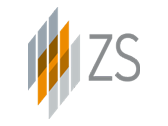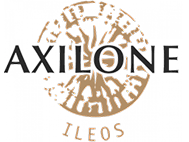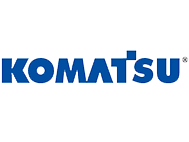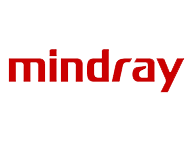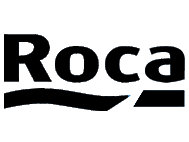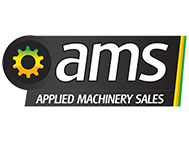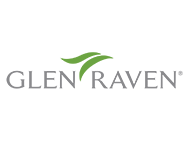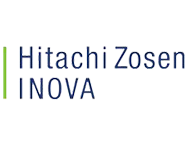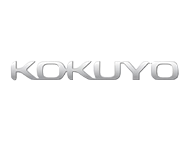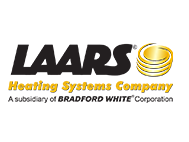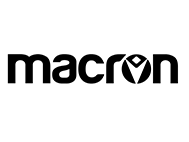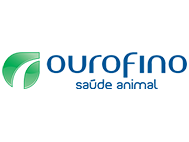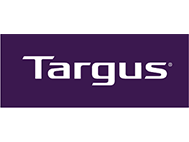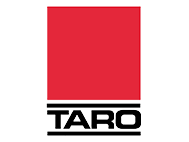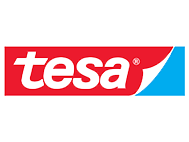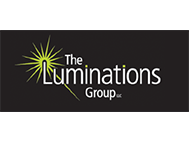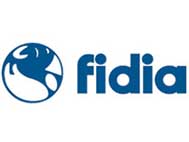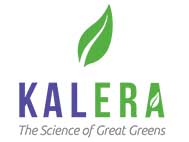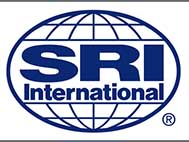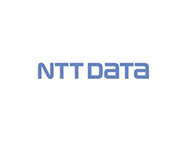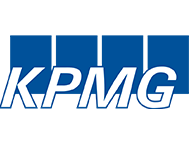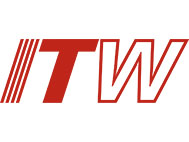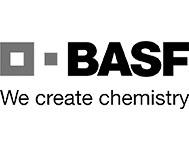As per a report published by the International Federation of Robotics (IFR), in 2018, 422,271 units of industrial robots were deployed around the world. Out of all the end user verticals, automotive industry accounted for the largest share of 30%, in terms of total robot installations.
Research Nester recently added “Global Industry 5.0 Market – Demand Analysis & Opportunity Outlook 2022-2030” in its repository of meticulously studied market offerings. The report focuses on the descriptive investigation of the key dynamics, including growth drivers, challenges and region-wise analysis, associated with the market in the forthcoming years.
The use of industrial robots has been on an upsurge since the 1960s, or the third industrial revolution. After their introduction in the automobile industry, companies began implanting robots in a plethora of other verticals, including logistics, electronics, pharmaceutical and manufacturing. The largescale adoption of these machines in work environment can be primarily attributed to their ability to protect workers from mundane, repetitive and critical tasks. Another report by the IFR depicts that from 2014 to 2019, the installation of industrial robots increased by 11 percent on average each year. In 2019, robots worth USD 13.8 billion were installed around the globe.
Furthermore, as the technologies matured, researchers and organizations placed more emphasis on collaborating robots, interconnected devices and fast networks of data within a factory environment, giving rise to industry 4.0. Even though this industrial revolution is successful in enhancing quality and safety, customers are now demanding for a more personalized experience. This is where the growing advancements in technologies such as artificial intelligence, industrial internet of things (IIoT) and collaborative robots comes into play, to offer an improved and more intuitive human-machine interaction, which in turn is anticipated to propel the growth prospects of the market in the near future.
The global industry 5.0 market is projected to garner a hefty amount of revenue by growing at a remarkable CAGR over the forecast period, i.e., 2022-2030. The growth of the market can also be attributed to the rise in demand for maintaining a healthy balance between human involvement and automation during industrial process, and the need for efficient data collection and analysis to produce better products. Along with these, promotion of environment-friendly policies, such as cost-cutting and minimal waste generation, by the adoption of industry 5.0 is also expected to drive market growth in the imminent time. Increase in government investments for industrialization is also assessed to result in the expansion of the market. According to the World Bank, the value added to the GDP of the world by the industrial sector increased up to 25.623 percent in 2018, up from 25.335 percent and 25.034 percent in 2017 and 2016 respectively. Moreover, in 2019, the value added by industries around the world reached USD 23.609 trillion (constant 2010 US$). However, data risks posed by integration of advanced technologies is anticipated to hinder market growth in the future.
On the basis of geographical analysis, the global industry 5.0 market is segmented into five major regions including North America, Europe, Asia Pacific, Latin America and the Middle East & Africa. The market in the Asia Pacific region is evaluated to witness noteworthy growth over the forecast period owing to the rise in adoption of industrial automation, especially in China and Japan, and surging deployment of robots in the region’s automotive industry. Moreover, by the end of 2030, the market in India, explicitly, is predicted to gather a notable share in the APAC region’s overall market. Escalating government focus on launching digitization initiatives and emergence of manufacturing as one of the leading industrial growth sectors can be ascribed as crucial factors for the market growth in the nation. The Indian Brand Equity Foundation stated in one of its reports that India received USD 30 billion worth of funds through foreign direct investment in the first half of FY21 for the development of manufacturing sector. This was a 15% rise over the same period last year.
The market in Europe is expected to acquire the largest share during the forecast period attributing to the largescale installation of connected devices, and high value of industrial production, specifically in Germany, which is also a technological hub of the region. In 2018, the Organization of Economic Co-Operation and Development (OECD) analyzed that the industrial production index value of the manufacturing sector in Germany was calculated at 105.48. The value grew up from 104.36 and 101.43 in the years 2017 and 2016, respectively.
The study further incorporates Y-O-Y growth, demand & supply and forecast future opportunity in North America (United States, Canada), Latin America (Brazil, Mexico, Argentina, Rest of LATAM), Europe (U.K., Germany, France, Italy, Spain, Hungary, BENELUX [Belgium, Netherlands, Luxembourg], NORDIC [Norway, Denmark, Sweden, Finland], Poland, Russia, Rest of Europe), Asia-Pacific (China, India, Japan, South Korea, Malaysia, Indonesia, Taiwan, Hong Kong, Australia, New Zealand, Rest of Asia-Pacific), Middle East and Africa (Israel, GCC [Saudi Arabia, UAE, Bahrain, Kuwait, Qatar, Oman], North Africa, South Africa, Rest of Middle East and Africa).
The market is segmented on the basis of technology into industrial robotics, cyber security, internet of things (IoT), 3D printing, advanced human-machine interface (HMI), big data, augmented reality & virtual reality, cloud computing, cognitive computing. Out of these, the segments for industrial robotics and cognitive computing are projected to be the notable shareholders in the market in the forecasted time in view of the wide implementation of these technologies globally resulting from their innovative usage of AI-based platforms. Additionally, the industrial robotics segment is further divided into collaborative robots, SCARA robots, and others. Amongst these, the collaborative robots segment is assessed to hold the largest share owing to the ability of these bots to replicate human actions flawlessly, and to provide simple and intuitive interaction with humans. In addition, cobots or collaborative robots, are an integral aspect of the upcoming industrial revolution as they can be easily programmed and installed, and have a positive impact on the well-being of employees. This is another factor predicted to accelerate the progress of the market segment in the coming years.
The global industry 5.0 market is also segmented on the basis of end use vertical.
Global Industry 5.0 Market, Segmentation by End Use Vertical
- Manufacturing
- Supply Chain Management
- Automotive
- Healthcare
- Electrical & Electronics Equipment
- Others
Impact of COVID-19 on Global Industry 5.0 Market
The ripple effect of COVID-19 has impacted every industry in a unique way. As the pandemic persists, organizations of various sizes have responded with speed and agility to the threat of massive disruption. Nonetheless, bans imposed by the coronavirus outbreak have played a major role in igniting innovations. Several new use cases of alliance between artificial intelligence and human cognition in a wide range of industry verticals are under development after the inception of the worldwide pandemic. Thus, COVID-19 is predicted to provide a slew of unseen opportunities for market growth in the near future.
Some of the major industry leaders mentioned in our report that are associated with the global industry 5.0 market are KUKA AG, ENSAI INGENIERIA S.L., Siemens AG, Rockwell Automation Inc., Schneider Electric, ABB Ltd., IBM Corporation, Microsoft Corporation, Cisco Systems, Inc., General Electric Company, and others.






